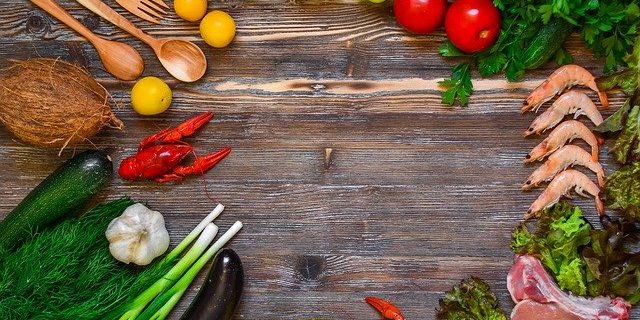Written by Katie Garrott.
The Life-Saving Power of Eating Foods That Are Unprocessed
From Whole Foods Market grocery stores to the viral popularity of the Whole30 diet, the term whole foods has become a buzz word. When I ask my patients to focus on including more of them in their diets, they often don’t have clarity on how to do that.
What Is A Whole Food Anyway?
A whole food is in its natural state, resembling the state it was in before being harvested. It’s typically a whole food when it doesn’t need to be packaged or labeled, or if it is, there’s only one ingredient. Examples are fruits and vegetables, whole grains (oats, corn, quinoa, rice), roots and tubers such as potato, legumes (beans, peas, lentils), nuts and seeds, meat, fish, poultry, and eggs. To give you a better idea, black beans are found in a pod in nature, black bean pasta isn’t. In this scenario, the pasta is processed.
Now processing doesn’t always make a food unhealthy. Processing bones from an animal creates healing bone broth, and blitzing fruit and veggies in a blender may make them easier to digest and absorb. However, this is not what’s typically referred to. Processed food usually refers to items like chips, crackers, cookies, bread, ice cream, cheese products, sauces, lunch meats, hot dogs, and sweetened beverages. It also includes “healthy” items such as fruit gummies, cereal, granola, and protein bars and powders.
Why Does It Matter?
I totally get it. Even though I love learning about the power of food and using it to heal others, I despise being in the kitchen! That is just not how I express my creativity or have fun (put me in front of an exercise class or on a dance floor and you’ll see a lot of creativity and fun!).
Just like you, I can struggle with being motivated to skip convenient, processed food for something that might not be as crave-worthy and takes more time. So why make sacrifices to put in the effort to switch to a mostly whole foods diet?
I think we all know, deep down inside, that eating the way humans have been eating for thousands of years must be better for our bodies than modern factory-produced food. But I don’t just use intuition and tradition to make therapeutic recommendations for my patients (and myself). Instead, as an evidence-based practitioner, I nerd-out for a few hours to see what the scientific literature says.
And science says that a less processed diet can ward off depression, help us lose weight easier, protect against cancer, and make us feel more full.
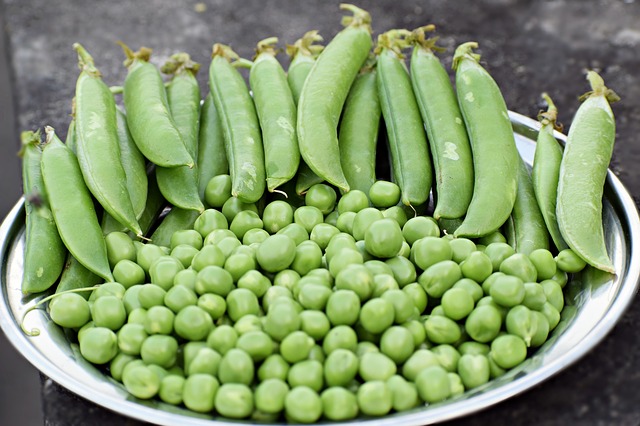
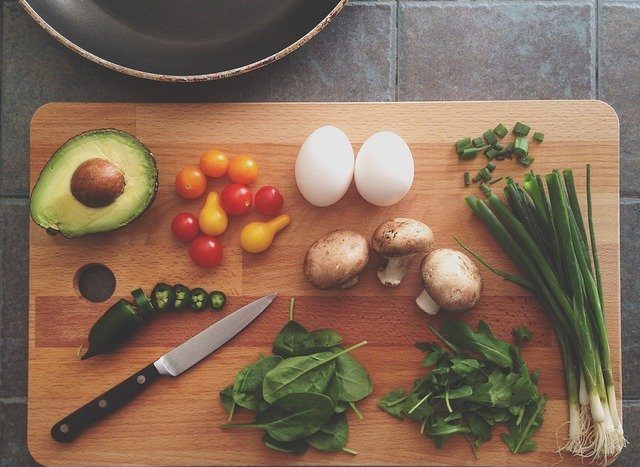
Mood And Whole Foods
What we eat has a tremendous impact on how we feel. For example, a large study of 3,486 participants showed that those who were in the highest third of processed food consumers had a 1.5x greater risk of developing depression during the 5 years of the study. The researchers made sure to control for variables to show causation.
Weight Loss With Whole Foods
Studies have shown that higher consumption of ultra-processed foods leads to greater weight. One study found that even after excluding the effects of eating out and calories consumed, those with the highest ultra-processed food intake had a 37% greater chance of being obese.
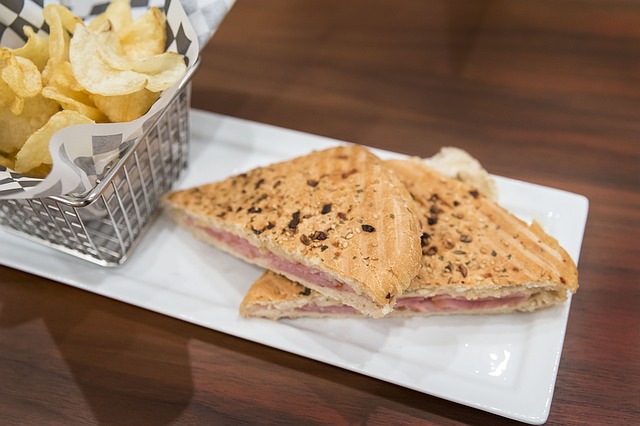
Scientists have also discovered that the amount of processing a food undergoes influences the rate of metabolism. Participants in the experiment ate 2 meals made of the same food and containing the same calorie amount and type. When eating the minimally processed meal, they burned double the amount of calories over the next 5 hours compared to when they ate the ultra-processed meal.
Processed foods are also higher in nutrients that lead to weight gain and disease. Examples of these nutrients “of concern” are saturated fat, added sugars, salt, and low fiber. Authors of a study examining typical Canadian diets found:
“Only the 20% lowest consumers of ultra-processed products were anywhere near reaching all nutrient goals for the prevention of obesity and chronic [non-infectious] diseases.”
An Anti-Cancer Diet
I always preach that food is the best medicine, and this is no truer than it is with cancer. There are countless testimonials of patients healing their cancer with food, and for the most part, my dad is one of them. Studies show that eating more fruits and vegetables (which are whole foods) is definitely protective against cancer. But what is remarkable is that there is a direct, dose-response relationship between processed foods and cancer risk. Researchers looked at over 100,000 people’s diets and found that with every 10% increase in consumption of processed foods, there’s a >10% increase in overall and breast cancer risk!
Filling Up With Whole Foods
We all know whole foods make us feel more full. How many times have you gotten distracted and accidentally ate 6 servings of broccoli or chicken or strawberries? Yet, you’ve probably finished a whole bag of chips or cookies before. And you maybe even thought afterwards about what you could eat next to “round out” your experience (I mean, we can’t leave our poor tongue lonely for sugar after dousing it in salt, right?).
If you don’t want your body to be tricked into consuming more than it should, then keep your diet as natural as possible so it can regulate your appetite and metabolism for you!
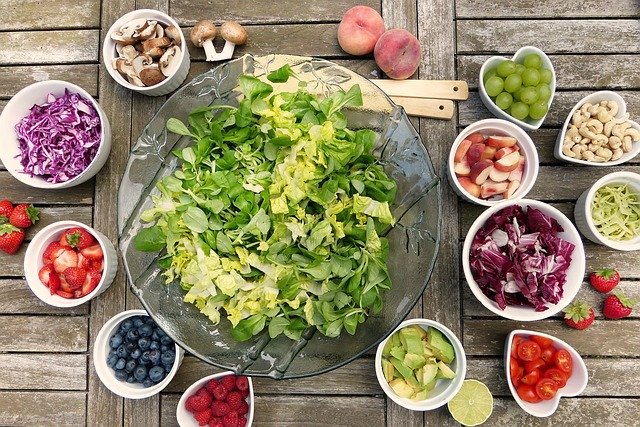
So Now What?
So now that you know what a whole food is and why you want to make the effort to eat more, how do we actually start?
• Have the materials in your toolkit to make it easy and healthy: a pressure cooker/Instant Pot, food processor, glass food storage containers, and a bottle for homemade dressing.• Have the materials in your toolkit to make it easy and healthy: a pressure cooker/Instant Pot, food processor, glass food storage containers, and a bottle for homemade dressing.
• Plan ahead: create a meal plan once a week. Use a cookbook if you need extra support. Write down your grocery list and when you’ll make which meals.
• Stick to the outside aisles of the grocery store. Try to minimize the number of ingredients listed on anything you do buy packaged.
• Meal prep: choose 2 days of the week that you’ll prepare the food in your plan. Set aside a few hours to make your meals, and store in the fridge.
• Eat more salads! These don’t have to be meal prepped because they only take 10 minutes to throw together. If you don’t have a cooked protein on hand, canned fish works great. Get creative with toppings. Some of my favorites are blueberries, pomegranate seeds, sunflower or hemp seeds, walnuts or pecans, olives, or avocado.
To learn more about Katie’s work as a “health detective” getting to the root causes of fatigue, weight loss resistance, and chronic illness, please visit http://katiegarrott.com/
